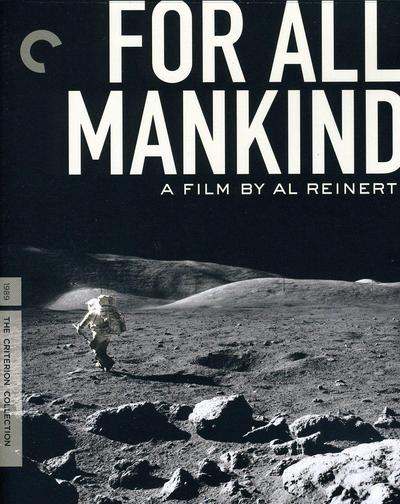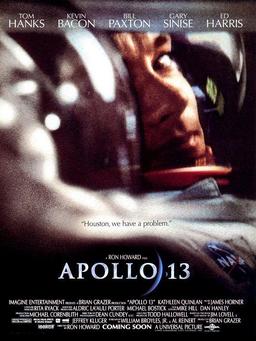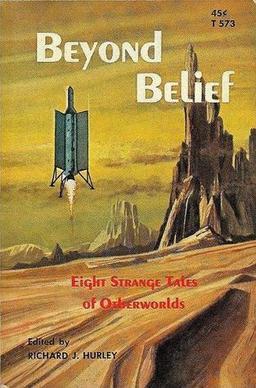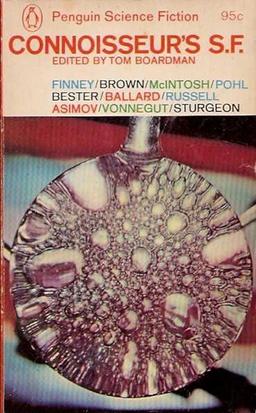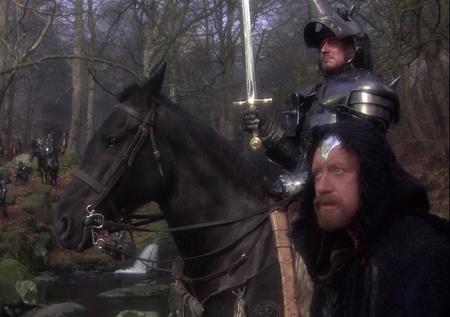Cloud Sculptors, Dragon Riders, and an Unearthly Craps Game: Nebula Award Stories 3, edited by Roger Zelazny
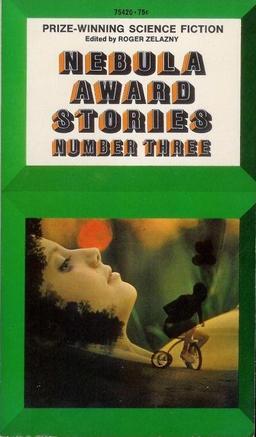 Nebula Award Stories Three
Nebula Award Stories Three
Edited by Roger Zelazny
Pocket Books (193 pages, $0.75, February 1970)
It looks like there were 16 works of shorter fiction nominated for the 1968 Nebula awards. Seven of them appear in this collection. Although the Ballard story included doesn’t appear on the ballots I found listed at various reference sites.
In any event, there are some holes in my reading history represented here. I’ve read lots of Ellison over the years and a fair amount of Ballard. As for Leiber, Moorcock, McCaffrey and Delany, not so much. But there’s some great stuff here, by my reckoning, and a few good ones and one that was not so much.
PICKS
“The Cloud-Sculptors of Coral D,” by J. G. Ballard
As the title suggests, actual cloud sculptors are sculpting clouds in this one. At first they do it for small change and later for a wealthy and not-so-nice woman. Things fall apart at this point, in rather spectacular fashion.
“Gonna Roll the Bones,” by Fritz Leiber
Last things first. Leiber’s story has one of the best last lines I’ve read for a long time. And the story that precedes it isn’t half bad either. It’s actually quite good and deserving of an award. You could go wrong in so many ways when writing a story that’s just a play-by-play rendition of an unearthly craps game. But Leiber carries it off well.
